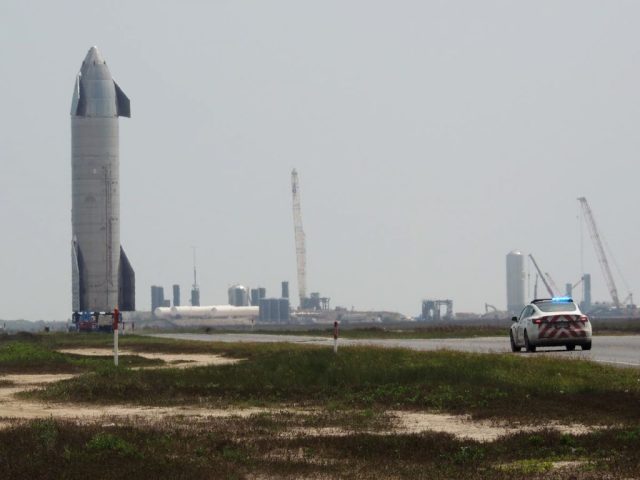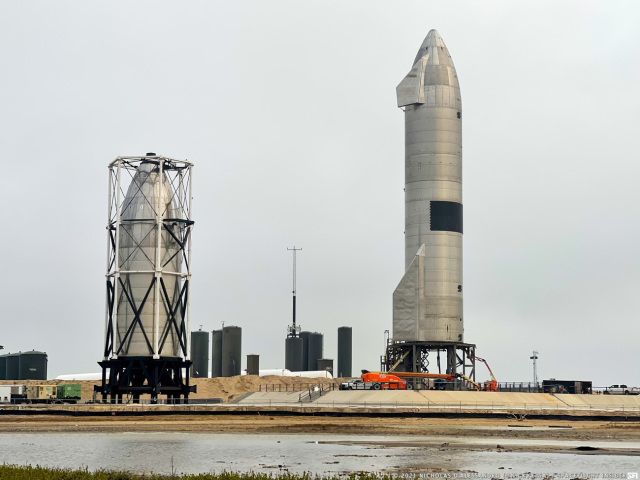The US Federal Aviation Administration has approved three launches of technology demonstrators of the Starship space system. The nearest of them may take place very soon.
Officials of the US Federal Aviation Administration (FAA) have approved three more launches of SpaceX's Starship system prototypes. The decision was made due to changes made to the prototype after the previous failed launch.
Before the launch of the SN15 device, the FAA specialists must make sure that all necessary adjustments are made. During the launch of the demonstrator, an FAA safety inspector will be present at the SpaceX facility located near the village of Boca Chica.
When conducting subsequent launches with the participation of the SN16 and SN17 vehicles, Elon Musk's company is obliged to make changes in accordance with the results of new accident investigations, if they are carried out. The agency did not specify the dates of testing of the Starship prototypes, but the SN15 device is in a high degree of readiness: its tests should take place very soon. [...] You can watch the broadcast on our website.

Starship SN15
Image Source: SpaceX
SpaceX conducted the first high-altitude tests of the Starship demonstrator on December 9, 2020. This and two subsequent tests were only partially successful: the devices were able to launch, but none of them successfully landed. The closest thing to success was the Starship SN10, but it exploded shortly after landing.
On March 30 [...], the most unsuccessful tests took place. Then the demonstrator exploded in the sky. The cause of the accident was called a fuel leak, which was followed by a fire in one of the three Raptor engines and damage to the electronic control unit of the prototype.
The SN15 has significant differences from the previously built models: it received three modified Raptor engines-SN54, SN61 and SN66.
Starship is SpaceX's most complex project. As part of it, a reusable space system of a fundamentally new type is being created, consisting of an accelerator acting as the first stage, and a spacecraft that will be the second stage. Starship will be able to put more than 100 tons of payload into a low reference orbit.
They want to use the system for flights to the Moon, Mars or an orbital station. Note that NASA recently awarded SpaceX a contract worth $ 2.9 billion, implying the development of the HLS Starship module, which should land astronauts on the lunar surface.

